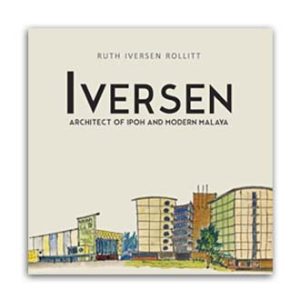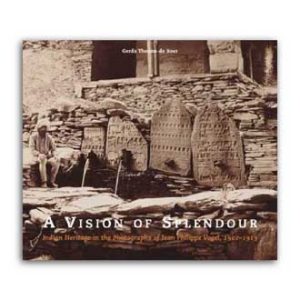Southeast Asia in Ruins examines the way in which British artists and commentators of the late eighteenth and early nineteenth centuries encoded the twin aspirations of progress and power in images and descriptions of Southeast Asia’s ruined candi, pagodas and monuments, those included in Raffles’ monumental publication The History of Java (1817, 2nd ed. 1830) in particular. The period saw Britain becoming more actively engaged with Southeast Asia than ever before as increasing numbers of British men and women visited the region, either as a final destination, or as a port of call during lengthy journeys to India, China or in circumnavigation of the globe. There were a number of important developments in British—Southeast Asian relations: British diplomatic missions were sent to negotiate alliances with local centres of power; the East India Company consolidated its trading activities with the founding of entrepots at Penang and Singapore; exploratory and scientific expeditions responded to the lure of exotic cultures, landscapes, fauna and flora; British forces saw military action in the seizure of Padang, Melaka and Maluku and during the First Anglo-Burmese War of 1824–26; and British political influence in the region was strengthened, albeit temporarily, with the establishment of the interregnum government in Java from 1811 to 1816.
British artists and commentators in the late 18th and early 19th century encoded the twin aspirations of progress and power in images and descriptions of Southeast Asia’s ruined Hindu and Buddhist candis, pagodas, wats and monuments. To the British eye, images of the remains of past civilisations allowed, indeed stimulated, philosophical meditations on the rise and decline of entire empires. Ruins were witnesses to the fall, humbling and disturbingly prophetic, and so revealing more about British attitudes than they do about Southeast Asia’s cultural remains. This important study of a highly appealing but relatively neglected body of work adds multiple dimensions to the history of art and image production in Britain of the period, showing how the anxieties of empire were embedded within landscape paintings and prints.
Editorial reviews
This immaculately written book, together with the excellently chosen illustrations, integrates early British visual culture regarding Southeast Asia with an important discussion of the relationships between European imperialism and art history.
― John Crowley, Professor Emeritus, Dalhousie University
Southeast Asia in Ruins is a valuable and impressive addition to scholarship on British art. Richly diverse source materials are deftly deployed in an elegant, insightful and highly readable narrative that has the very great merit of focussing attention on these beautiful but all too frequently overlooked images.
― Tony Ellwood, Director, National Gallery of Victoria
[Sarah Tiffin] enumerates the importance of Raffles’ text during a period of history when colonialism was justified through art and its interpretation … For students of history, looking to understand colonial description of art, especially the work of Stamford Raffles, this book provides detailed insight.
― Ankita Mukhopadhyay, The Jakarta Post
For people interested in learning more about how colonisers in the West produced knowledge about South-East Asia in order to subdue, tame, and rule over it, as well as those interested in cultural criticism and art history, Southeast Asia In Ruins will like provide many hours of interesting reading.
― Subashini Navaratnam, The Star
About the author: Sarah Tiffin was formerly Curator of Asian Art at the Queensland Art Gallery. She is the author of Sparse Shadows, Flying Pearls: A Japanese Screen Revealed.







